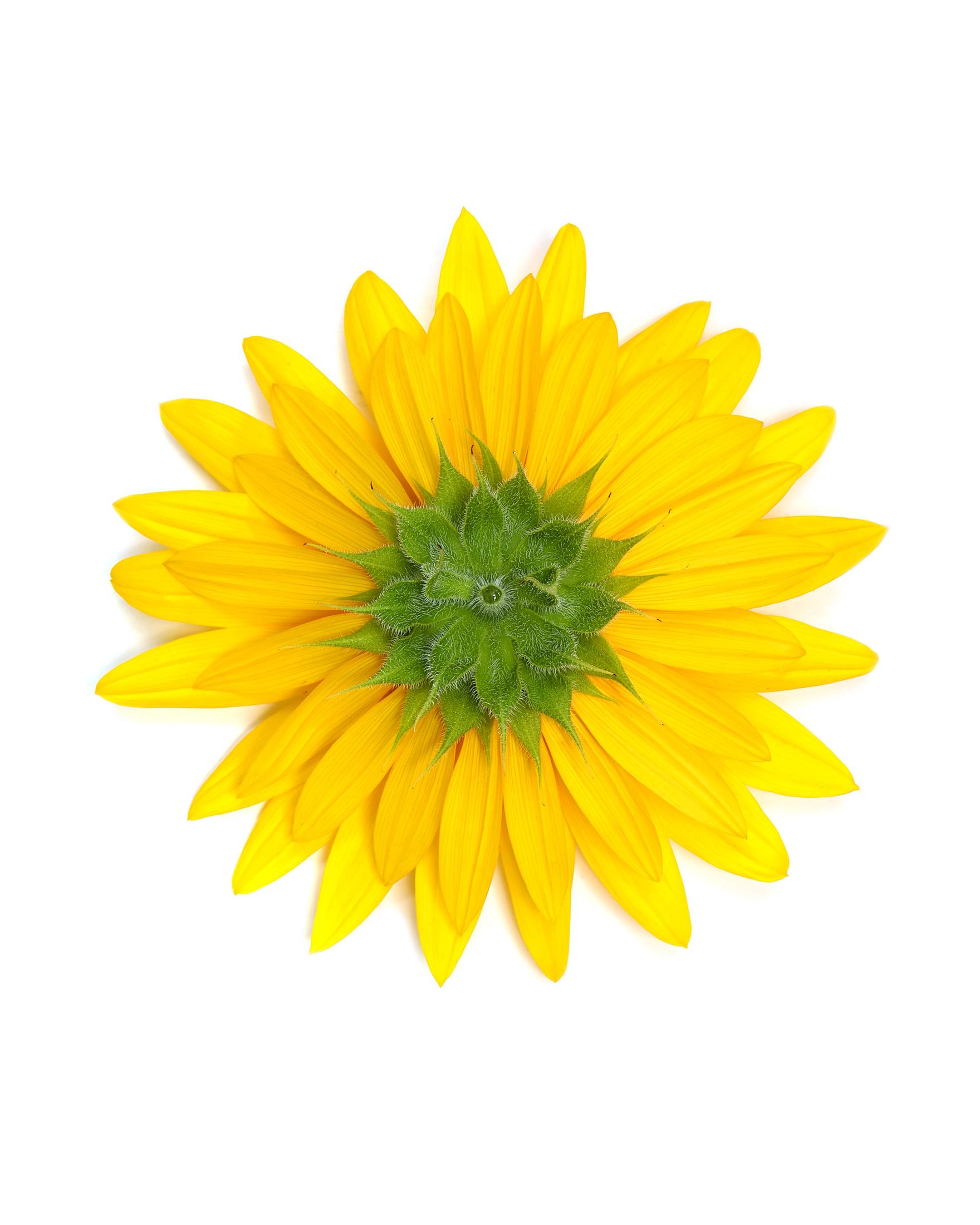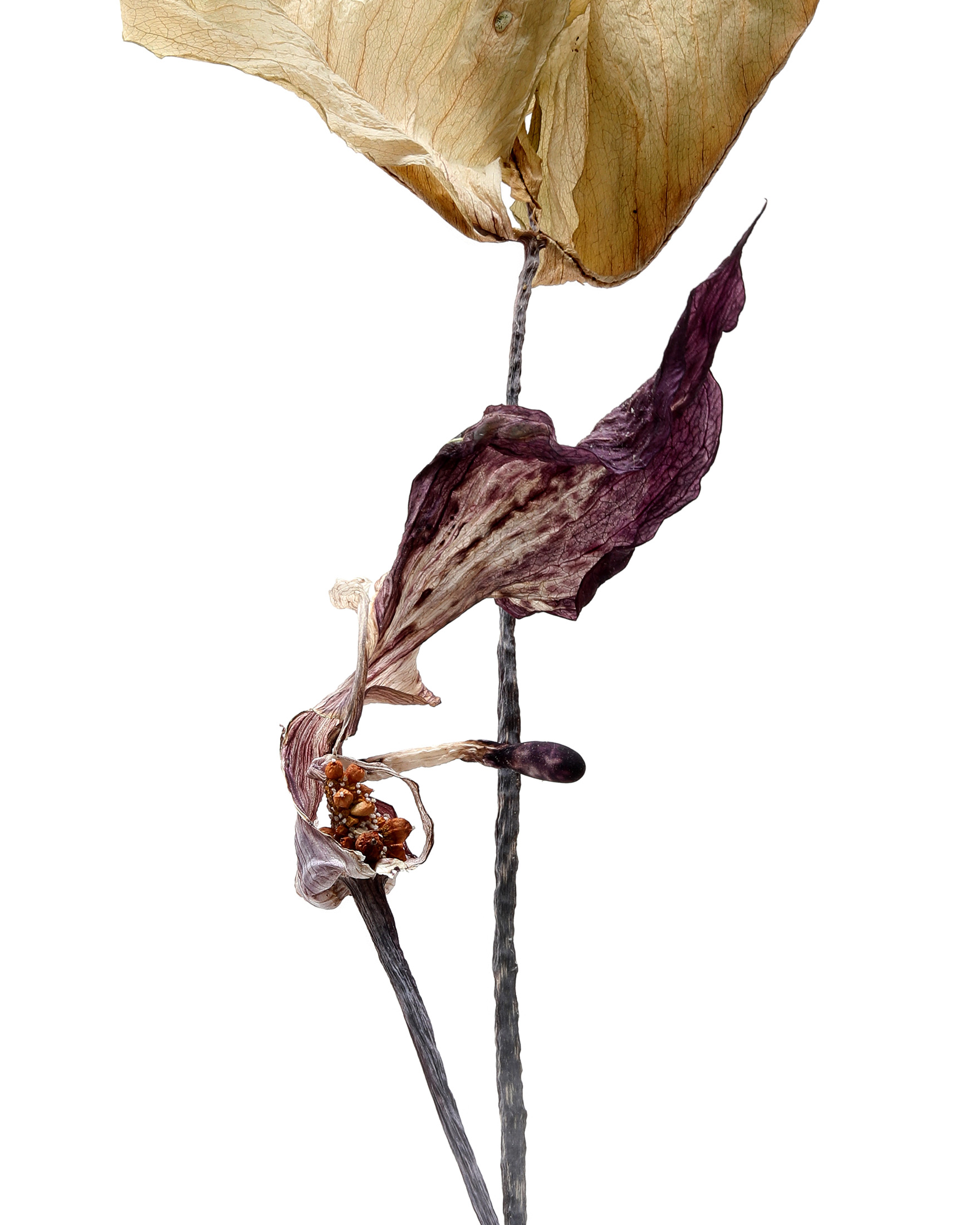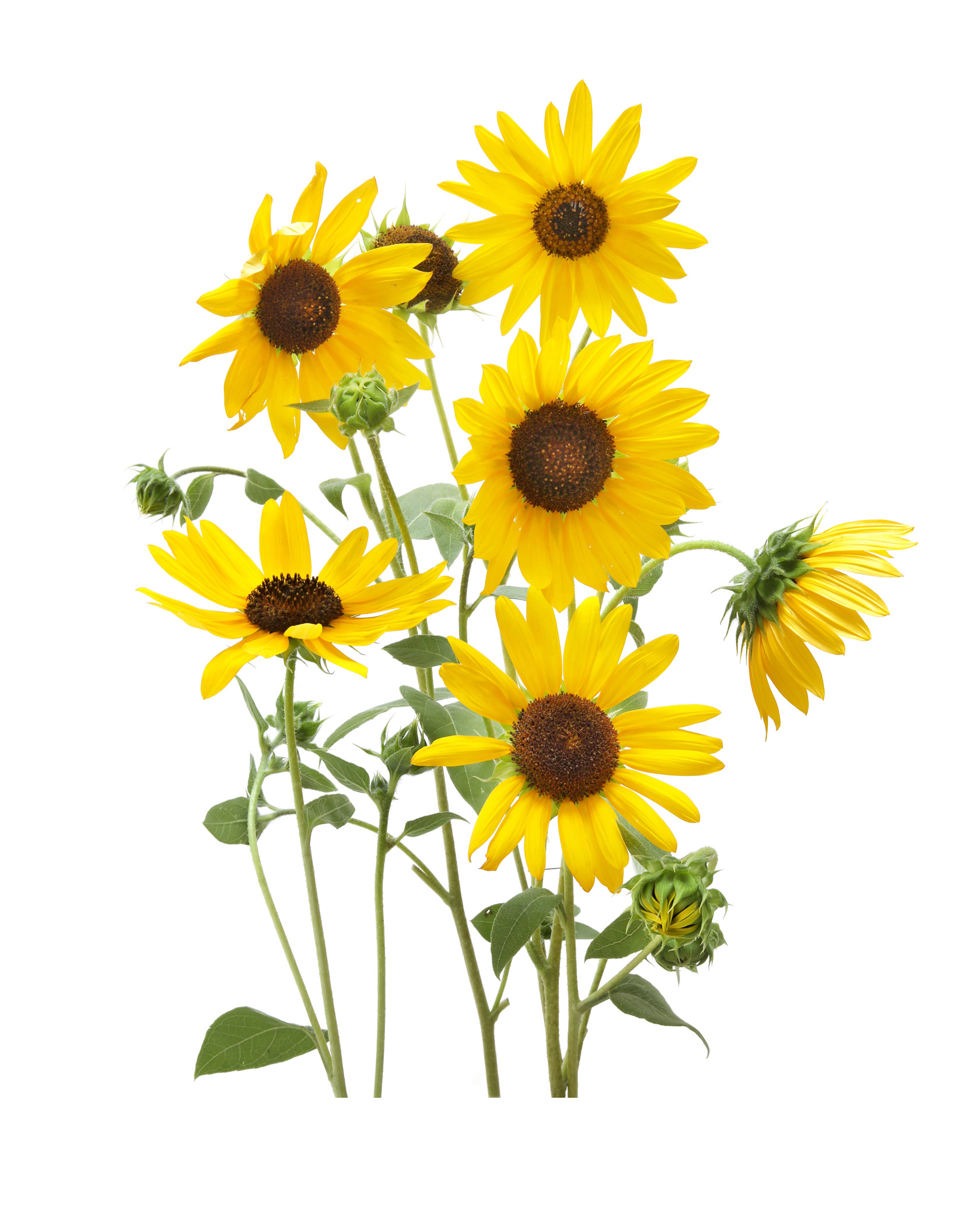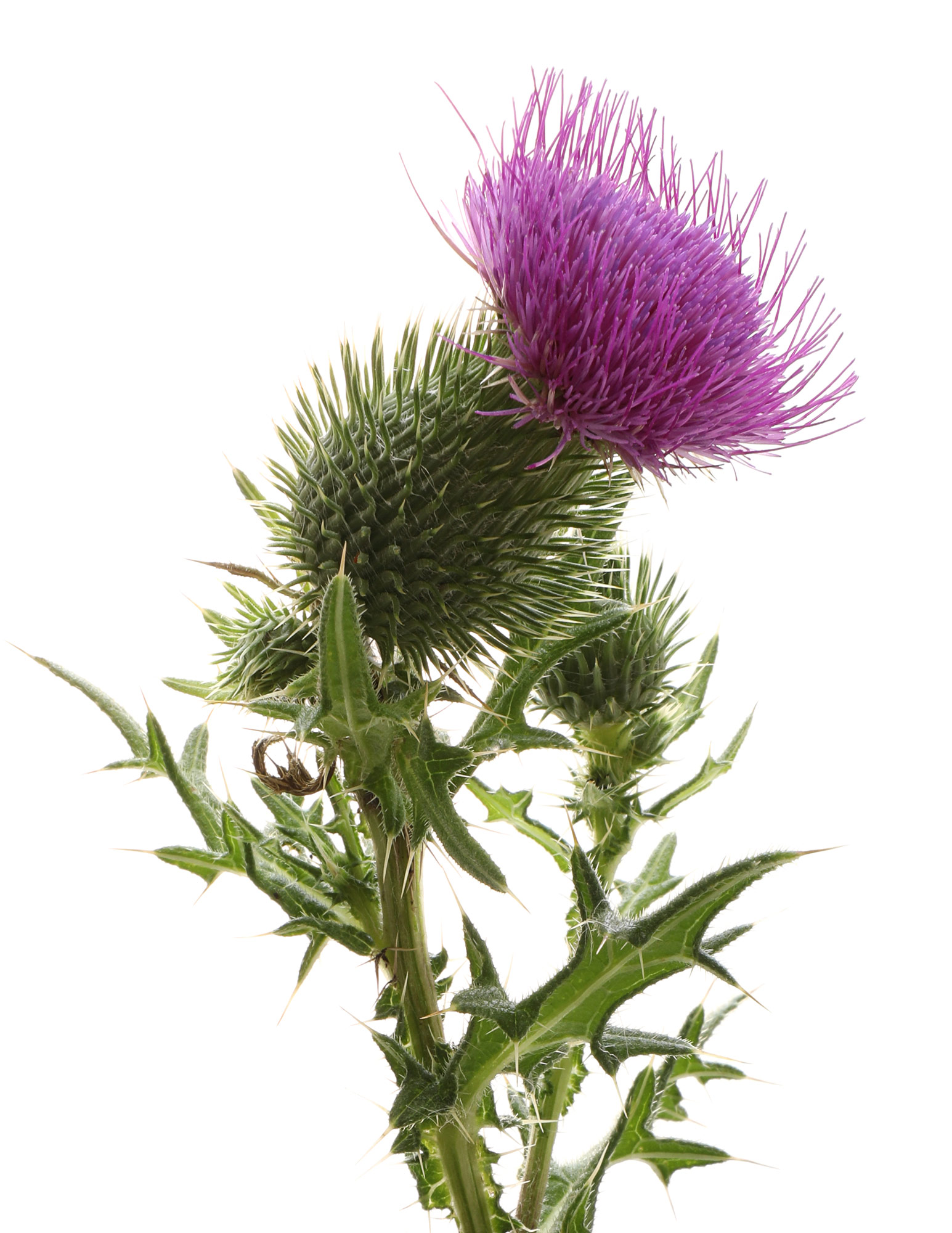
now and later
these are the same pampas grasses. the grass-head on the right is happening right now. the one on the left is what happens in a month or two as all those tiny tight seed casings burst to release their seeds to the winds. i know this because i picked the grass on the left last year, and the one on the right today–both from the same location. this is a fine example of why dailiness is so interesting to me. nature is never the same from day to day, yet always the same.
pampas-like tall grass reeds (probably phragmites)

bottoms up!
my day started calmly enough, but then got busy. so i didn’t get out foraging, but instead spent an hour in the basement waiting out another severe weather warning. i am still quite jumpy after the tree falling on the roof. as a result, i was forced to work with what i had on hand, which included the sunflowers left over from my profile shot of them a few days ago. i am rather pleased with this image of two stacked sunflowers. it’s not often we look closely at the calyces of flowers. and sunflowers have particularly nice ones. bottoms up!
two sunflower blossoms (Helianthus annuus)

this too is jack-in-the-pulpit
i love capturing plants, especially flowers, in their non-peak expressions. we all know a flower by it’s peak bloom, but we don’t all know them by their before and after states. for me, these transient and brief moment’s are often far more expressive. this is jack in the pulpit, a woodland spring wildflower i have in abundance around my home. did you have recognized it?
jack-in-the-pulpit (Arisaema triphyllum)

roadsidia
have you heard me use the term roadsidia? as far as i know, my mother-in-law made it up. it refers to the abundance of flowers and weeds that grow along roadsides. pronounced rōd-sīd-ee-ah. it is where i find a large number of my STILL subjects. it also an important source of pollen and nectar for bees. i love roadsidia. i really do. so as we transition now from high-summer wildflowers to early-fall wildflowers, we will see a migration from a preponderance of oranges and purples to almost exclusively golden yellows. and all that yellow (and there will be a lot of it!) comes from just two species: wild sunflowers and goldenrod. here in minnesota we have a dozen varieties of native sunflowers, and similarly a dozen varieties of native wild goldenrods. it’s a fun time of year to be driving in minnesota; in a matter of weeks our roadsides will changeover from lush greens, to brilliant golden yellows, and finally to flame reds when the sumacs start their fall transition.it’s a good time for a roadtrip.
common sunflower (Helianthus annuus)
-
Your work speaks to the center of my soul. I am sooo grateful I saw you last night on Minnesota Bound. Forever grateful.
reply

one of the spiniest
so, i am reading about bull thistle, and learning about how it is one of the spiniest of the minnesota thistles. and then i am reading about how there is another thistle that is often confused with (called plumeless thistle), but in that thistle the spines are fewer and less sharply spiny, in a words, hairy. then i learned that the plumeless thistle is native, and the bull thistle is not native to minnesota. and then i sat back with satisfaction, because this meant that my mental model of minnesota’s native flora and fauna still holds. in general, our plants and animals are far less self-protective than similar plants from more temperate climates. because, in my model anyway, all of us native minnesotans are far more challenged by having to survive winter, than we are from having to survive other challenges (like predation or drought). here in the north, we have very few poisonous bugs and animals, and the majority of our flora is large leafed and soft–simple sun-catchers whose main aim is to gather as much sunshine in four months as is possible (not self-protection). in other words, winter is our biggest threat. all other threats are so secondary, that all those survival techniques so common in the hotter, drier climates are wasted efforts here. for six months of the year there is an over-abundance of ease and fertility, and for six months of the year it is winter. and nature has optimized within those constraints. once again, it all comes down to mathematics.
bull thistle flower (Cirsium vulgare)
-
Ahhh, numbers are your friends (mine, too). Mathematics aside, I find that all interactions with a bull thistle are always accompanied by any number of exclamations of “OUCH”!! But golly, they are gorgeous, huh?
reply


